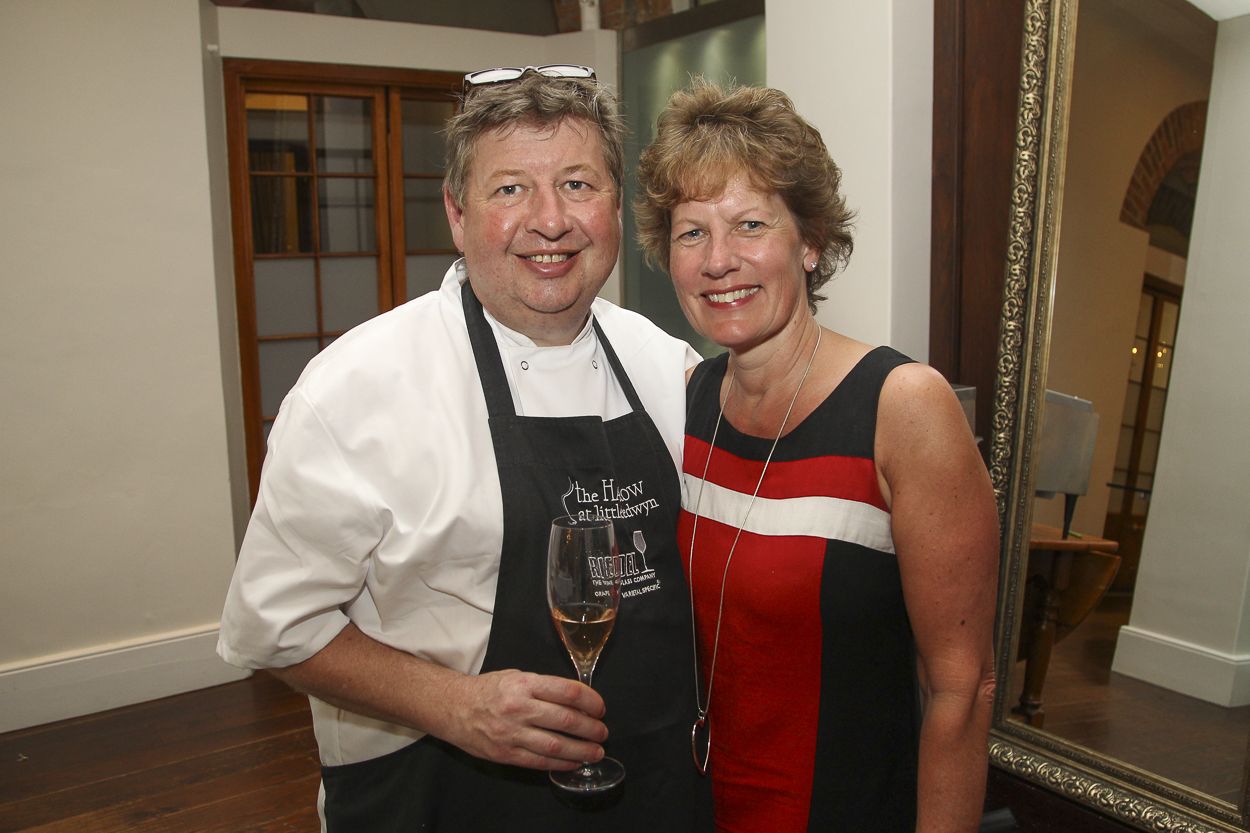This Masterclass presented by Sue Jones was one of the main events at last week’s GB Wine annual showcase.
Roger and I have owned and worked at The Harrow at Little Bedwyn for almost 20 years and we have seen a lot of products and trends come and go. We are the sole owners, have no investors and so have a free rein to do pretty much what we want but, of course, have the small responsibility of making a living and creating a great restaurant.
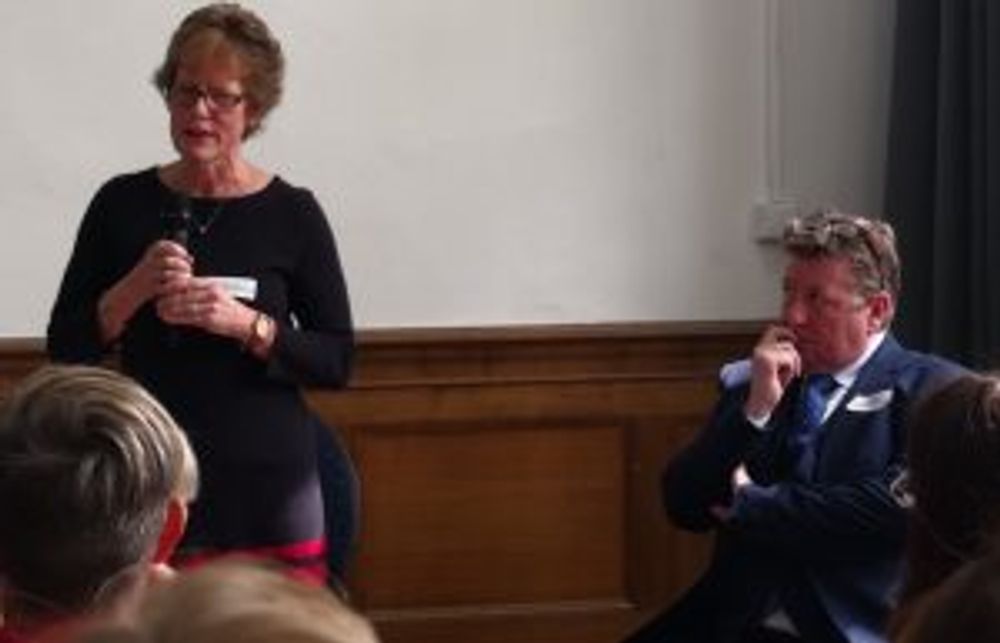
Sue Jones and husband Roger address a Masterclass at last week’s GB Wine showcase, London
My role in the restaurant is to run the Front of House team, look after the wine list and work on the PR and marketing side of the business. I also train all of our staff.
When guests arrive at The Harrow, instead of asking, ‘would you like a drink?’ We have always asked ‘Which sparkling would you like?” as if the only sensible way to start a meal is with fizz. People used to ask for champagne and, even as recently as five years ago, when you mentioned they perhaps might like to try an English sparkling, I would receive a sympathetic look. People used to say “Are they any good?!” It was a hard sell, particularly when the prices were similar, but over the last few years this has now all changed.
England and Wales are no longer just hiding under the radar – they are not the ‘cheap option’. People are now asking for specific names and/or particular areas. Just like 20 years ago, all wines from Australia were known simply as ‘Australian wines’ – the body of Wine Australia worked hard to introduce the concept of regionality into their wines as a way of introducing recognition of styles and creating brand loyalty – and this is just like the development that is now happening for English and Welsh wines. People are starting to have their favourites and ask for those names.
Of course, price plays a part and at The Harrow we are proud to sell our English and Welsh sparklings at the same price as our champagnes because their quality deserves it. It’s the same grapes, the same methods, just a smaller quantity. We shouldn’t be afraid to give a great product a suitable price. We do not want to confuse the customer into thinking they are a cheap Prosecco alternative. In some cases, they still need to be given the opportunity and exposure – nothing beats a hand-sell by an enthusiastic sommelier.
When we first started visiting South Africa four years ago, we would tell young winemakers that their wine, eg a Pinot Noir was ‘very Burgundian’ as a marker that it was on the world stage but now we say ‘that is a fantastic South African Elgin Pinot Noir” and this is the same for our own sparkling – they must be proud to stand alone and not be seen as a poor relation to champagne.

So how do we promote English and Welsh wines at The Harrow?
On a day-to-day basis and in a nutshell, its the same as we do for all our wines in 4 simple steps –
1 Educate staff
- Together we create a great list by the glass
- If you’re only having one glass, make it count
- Regular tastings with all staff
- Keep wineries’ literature handy, have a daily briefing, invite staff to tastings, visit wineries (last year for example we hired a mini bus and driver and hopped around the Hampshire Vineyards with all our staff including the kitchen porter)
- Encourage them to develop personal styles.
2 Create great guest relations
- Show the wine list but offer personal help
- Make sure your list tells the story; all of our wines have personal tasting notes and little bits of information about the winery or winemaker
- Encourage trying before you buy
- This helps you to engage with customers
- Allows you to show your knowledge and willingness to help them
- This all helps to build customer trust and loyalty – those customers will return and ask you to choose their wines.
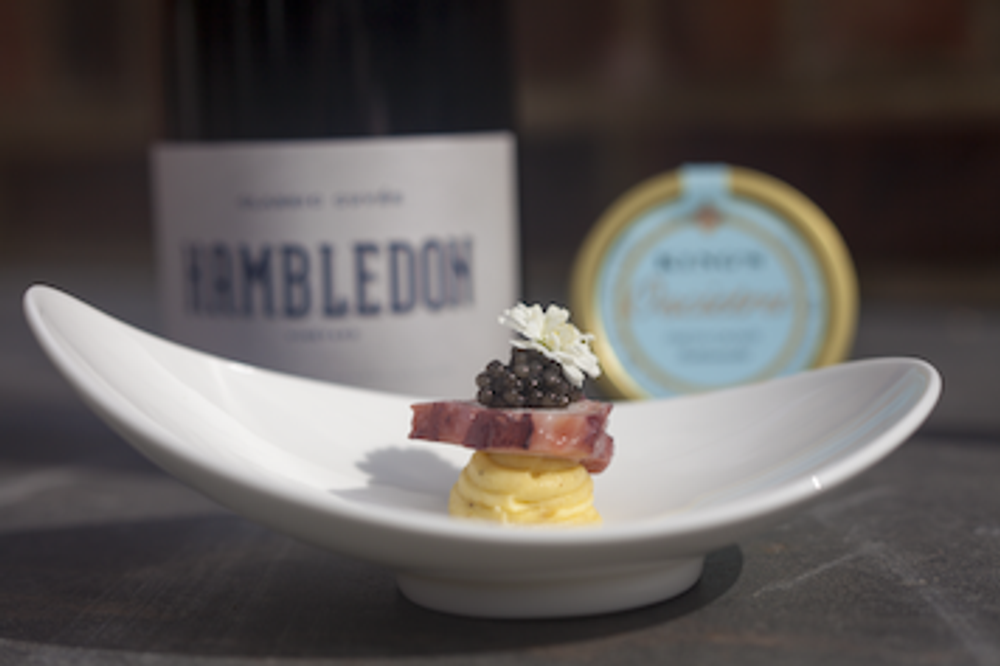
3 Recommend food and multi-wine pairings and print them on the daily menus
- This helps when the wine list is huge
- The work is done, no decisions to be made, they just enjoy your choices and recommendations
- They get to try something they normally wouldn’t
- Gives a good range of different styles and often offers matchings you wouldn’t think of.
- As a sommelier you are in charge of what you want to sell or promote and if you don’t have a sommelier then the waiting staff have suggestions to recommend.
- There are classic ‘old fashioned’ food and wine matches such as foie gras and sauternes, stilton and port. At The Harrow, we have developed classic specific matches for English sparkling wines: Nyetimber demi-sec with foie gras and salted caramel macaroons; sashimi of sea bass with Ancre Hill Blanc de Blancs 2010, Hattingley Blanc de Blancs 2011 from magnum with a diver caught scallop, Exmoor caviar, pureed leeks and beurre blanc.
- Our 8 course gourmet menu always has a sparkling wine as one of the pairings. Expose these wines, don’t merely use them as aperitifs.
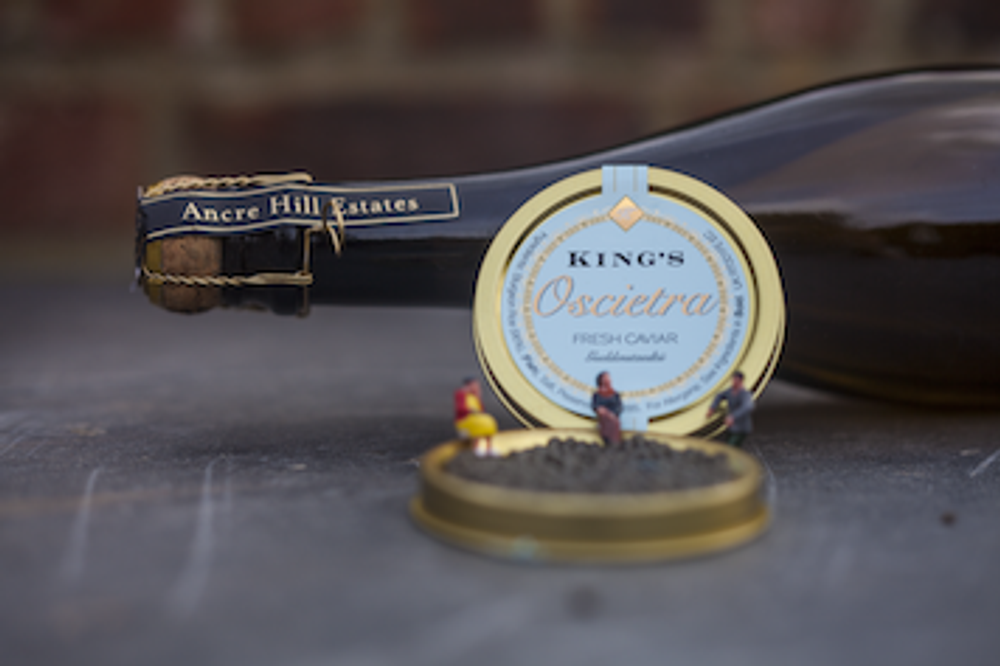
4 Suggest alternatives/ challenge their palates
- Ask guests what they normally like, eg something fizzy, so try an English sparkling
- don’t err too far, but excite the palate, eg. if you usually drink an NV? Try a vintage this time
- give the story of something new, eg. “our new local sparkling made under the guidance of the winemaker at your usual choice of sparkling”
- Keep within their price point, and show the value.

Sparkling wine innovations: oysters wasabi and cucumber sorbet, wasabi pearls, Hattingley Blanc de Blanc
Raising awareness of the product
We have table cards with a list of at least six sparkling wines by the glass so it’s the first thing guests see as they sit down, we also include in the list of sparkling a champagne such as Krug 1996 and a more moderate champagne.
Front page of the menu – tells a story not just about the food but also the latest in wines/ special offers/ particular matchings.
Regular mailings and newsletters tell customers not just about our recent trips, but visits they can make on our recommendations and special menus and events that they can attend to taste English sparkling wines.
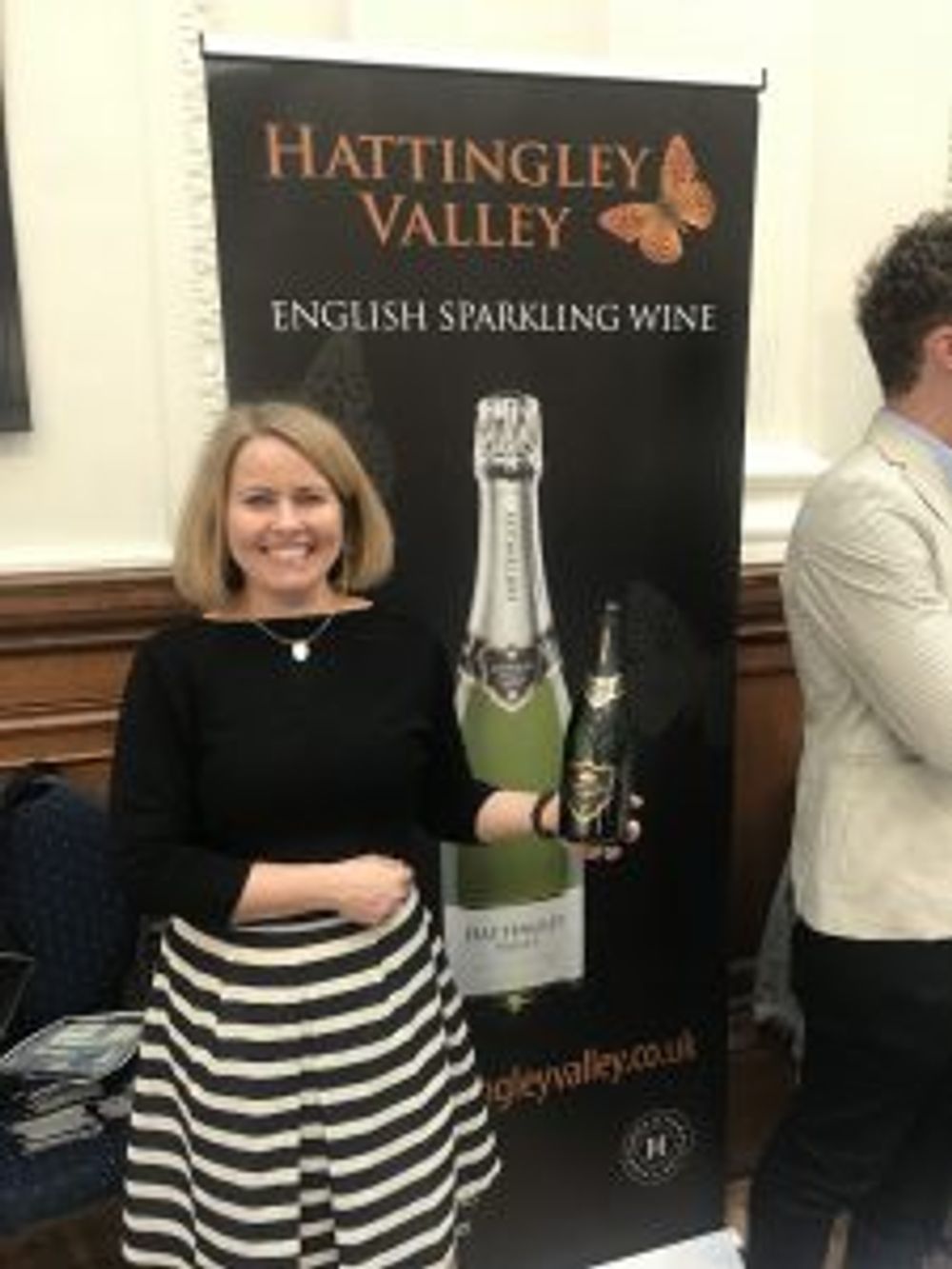
We are always talking to our customers; we are proud, and often excited about our products and we want to educate our customers.
Always offer tastes – whether it’s for a glass or a bottle – our wine preservation system allows all sorts to be opened and kept pristine for up to 21 days.
Local sparklings work for small restaurants. Just like local food and zero miles. It’s a great story. I have an anniversary party this weekend that was delighted not just to taste the superb Berkshire All Angels Sparkling, but found that it is now grown in the field next to the church in which they got married 35 years ago.
What’s not to love? We are proud to be British right now!
Sue and Roger Jones run a number of high profile wine events at The Harrow. Contact them for further details.
